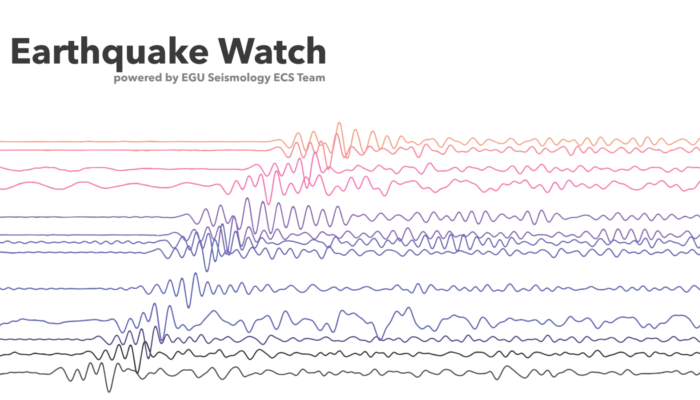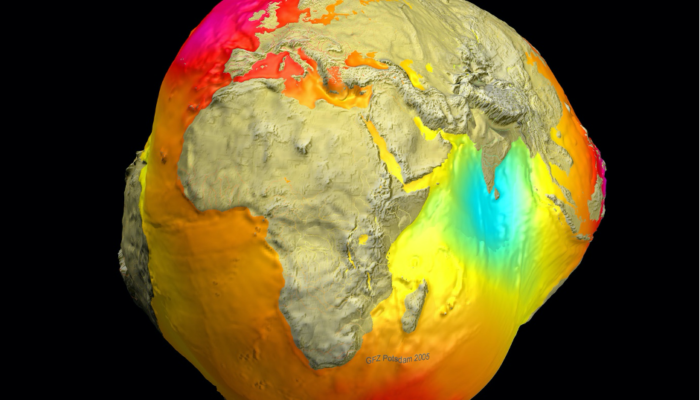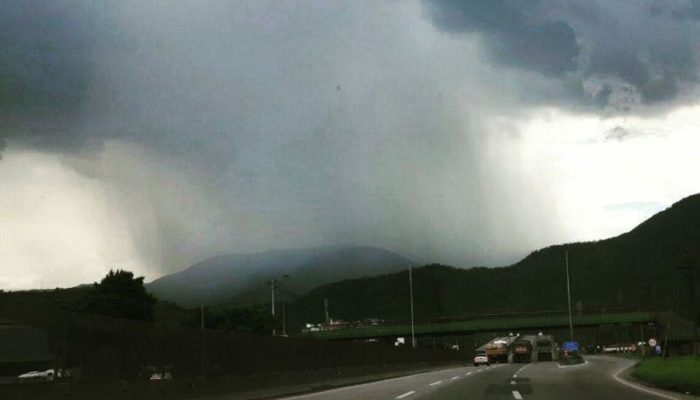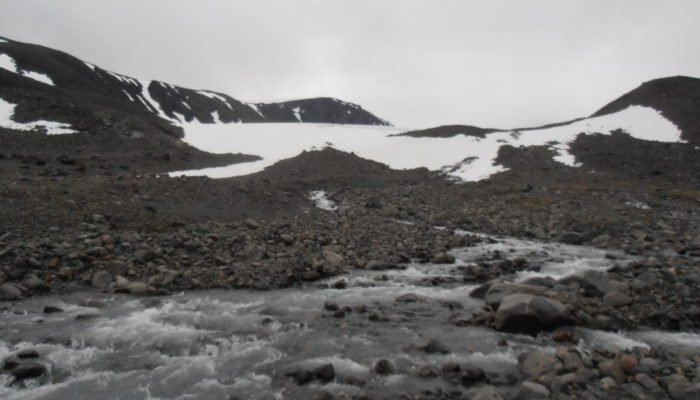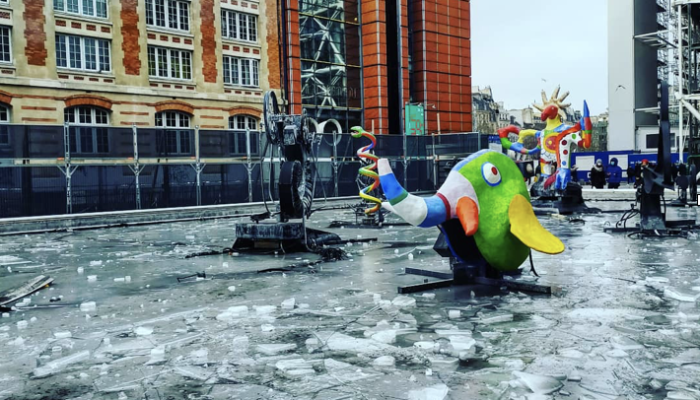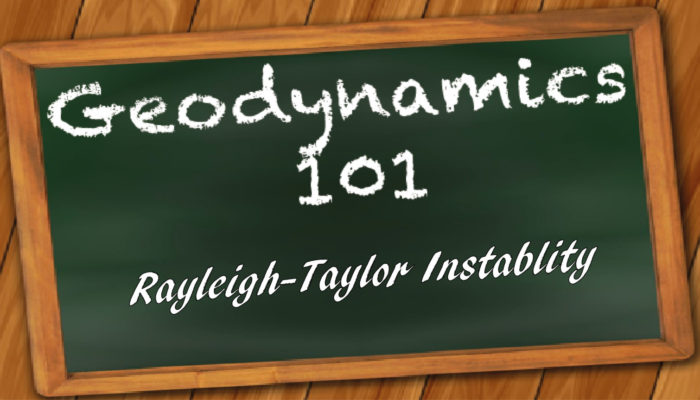The Geochemistry, Mineralogy, Petrology and Volcanology division’s early career scientists talks (EGU campfires) will return on Wednesday 17th of March at 11am CET! The speakers of the 9th edition are: Tommaso Tacchetto (PhD Student @ Curtin University) – Disorientation control on trace element segregation in fluid-affected low-angle boundaries in olivine Kyra Cutler (PhD Student @ University of O ...[Read More]
Seismology
Earthquake Watch January: Guyana Mw 5.6
South America is one of the most seismic regions where the collision of several tectonic plates is shaping the topography along the Pacific coast. On January 31, an Mw5.6 earthquake hit Southern Guyana near the border with Brazil. This event was largely felt in Boa Vista (Brazil), the nearest main city close to the epicentre (Figure 1, EMSC). Relatively small damages were reported and fortunately ...[Read More]
Hydrological Sciences
Open teaching to navigate hydrology: how ready are we?
Around a year ago, I all of a sudden had to find a quick solution to do online teaching. The timing was perfect: start of the semester, start of online teaching, video conference infrastructure unavailable, three kids at home and me, a hydrology teacher who has never produced any kind of video exceeding a 20s cell phone video. Being the kind of person who always has to find a solution, I produced ...[Read More]
Geodynamics
The Indian Ocean Geoid Low at a plume-slab overpass
In this week’s News & Views, Postdoc Elodie Kendall from GFZ Potsdam shares with us recent work on the mantle structures that could explain the Indian Ocean Geoid Low. What is the geoid, what does it look like and what can it tell us about mantle structure? The geoid is a model of the shape of the oceans’ surface if only gravity and Earth’s rotation act ...[Read More]
Natural Hazards
2020: The escalation of extreme rainfall events in Brazil
In summer 2020, extreme rainfall events dumped up to 320 mm of rain in a single day in the Baixada Santista metropolitan region, São Paulo state, breaking Brazil’s record for the biggest rainfall in a single event and demonstrating one of the greatest threats of climate change. The damage caused by the associated landslides led to dozens of fatalities and hundreds of homeless people, as well ...[Read More]
Cryospheric Sciences
Subglacial Hydrology For Dummies – Water, water everywhere…
Glaciers are mostly made of water. Sometimes, perhaps more than we’d like, some of that water makes a break for it by melting, the inconstant molecule… It might pootle around on the surface of the glacier a bit and get a lot of remote sensers very excited, but it’s what it does once it gets to the base of the glacier that really matters for the behaviour and flow of the ice. So, in 2000 word ...[Read More]
Geodynamics
The Sassy Scientist – #WriteProperly #NoMoreAcronyms
Nerea cannot get enough of writing papers, reports and proposals. However, actually reading scribbles, especially those jotted down by (under)grad students, leaves her a histrionic gasp. She thus ejaculates: LLSVP or LLVP or LL(S)VP – why must we prolong the acronym wars? Aupa Nerea, The Americans. No doubt. It has got to be them. Just like so many things, they’ve ruined that beloved English ...[Read More]
Nonlinear Processes in Geosciences
Four reasons for still observing cold spells despite the undeniable global climate change
The winter of 2020-2021 has been characterized by various cold waves affecting – at different times – Western and Eastern Europe and North America. The most striking pictures show Madrid covered by up to 40 cm of fresh snow, frozen Thames near London and Canal St Martin in Paris, heavy snow in Amsterdam and even on the Eolian Islands, just offshore Sicily. At first this seems contradi ...[Read More]
Soil System Sciences
The importance of our SSS (…Soil Support Staff!) #4
This month, we marked International Day of Women and Girls in Science, and to continue the celebrations we are delighted to showcase the work of Lea Piscitelli in our monthly feature, Technician of the Month! Lea Piscitelli works as a research technician in the Laboratory of Agricultural and Environmental Chemistry at CIHEAM Bari in Italy. Don’t forget that each month, we’ll spotlight a technicia ...[Read More]
Geodynamics
Rayleigh-Taylor instability in geodynamics
Flow against gravity is a common feature in the geodynamic phenomenon. In this week’s Geodynamics 101, Dip Ghosh from Jadavpur University Geodynamics Lab will explain the fundamentals of Rayleigh-Taylor instability: A key to understanding the anti-gravity flow. It has long been realized that most of the geodynamic processes can be described in terms of slow viscous flow. Thus, like many othe ...[Read More]


